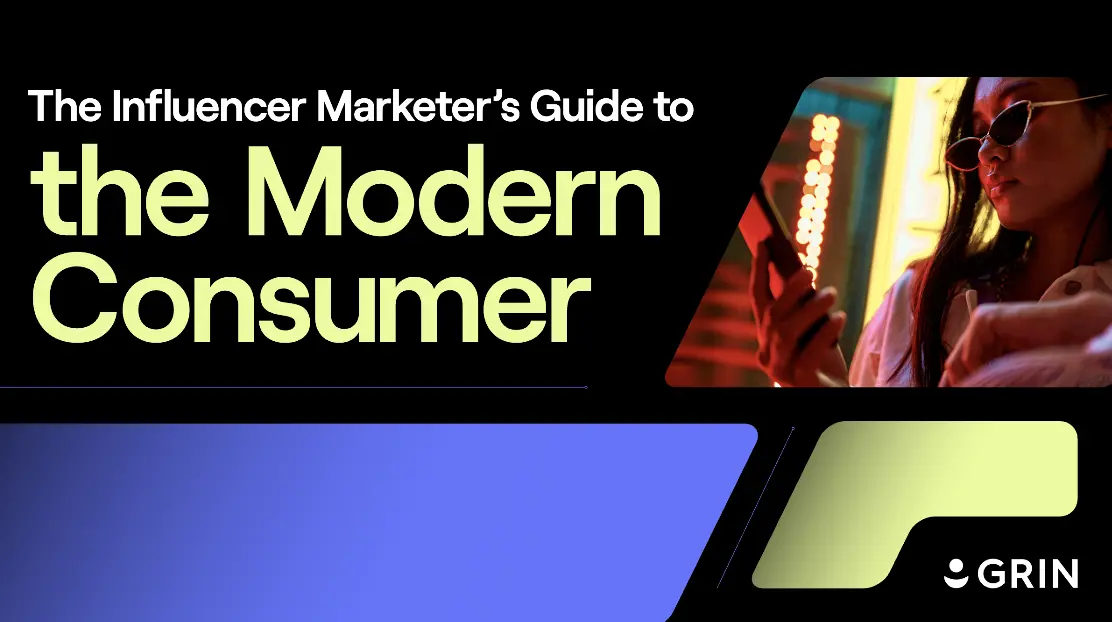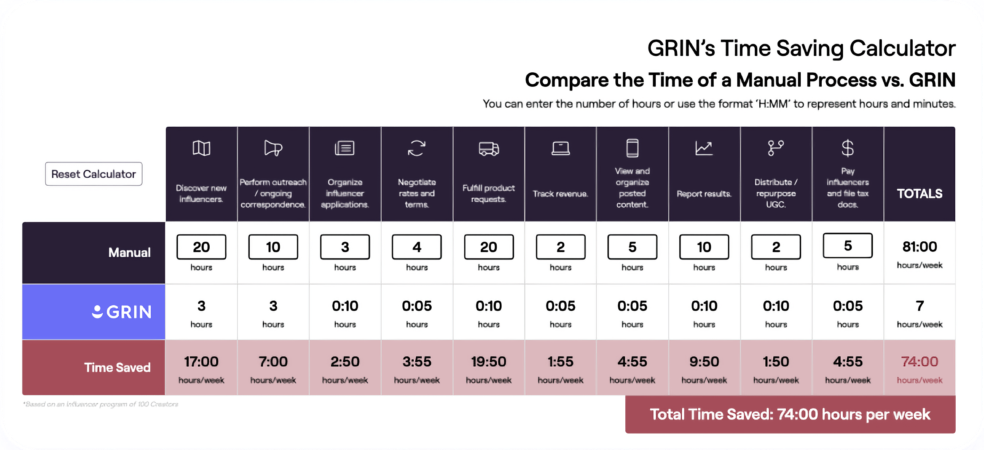You’ve zeroed in on a great product to sell and you’ve already laid the foundation of your small business. However, you’re still unsure of how to build a brand. If this is your situation, don’t worry–you’re in the right place. This guide will tell you everything you need to know about how to build a brand from scratch.
Whether it’s on- or offline business, you want to ensure that you build your brand well. Brand building is one of the most important ways to grow your business because it helps you receive the recognition you need to generate leads and develop relationships with your customers.
However, it is not an easy task to build a brand. Like any new endeavor, it takes considerable effort and planning.
12 Steps to Building a Brand
What is meant by building a brand? Your brand is more than just your logo or name–it’s all the assets that contribute to how your brand is perceived by consumers. Including:
- Content
- Tone of voice
- Visuals: brand colors, logo, images, font
- Digital presence: website, social platforms
- Influencer partnerships
Understanding the elements that make up your brand, let’s take a look at this step-by-step guide to help you build your brand from scratch.

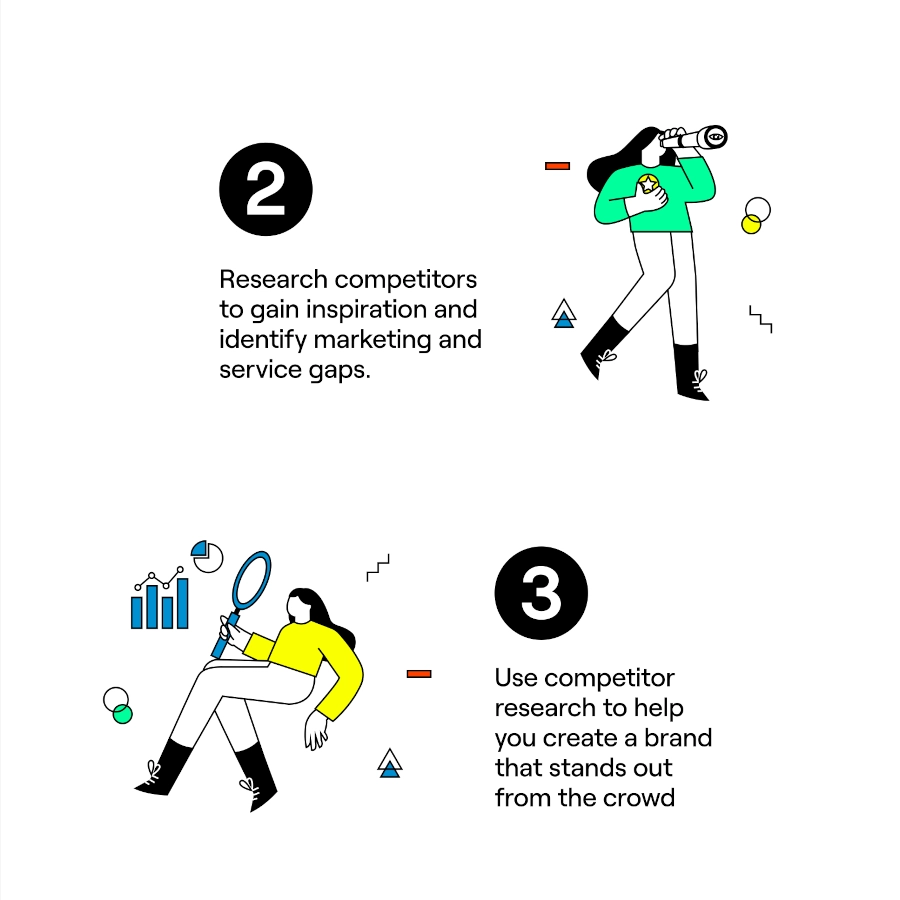
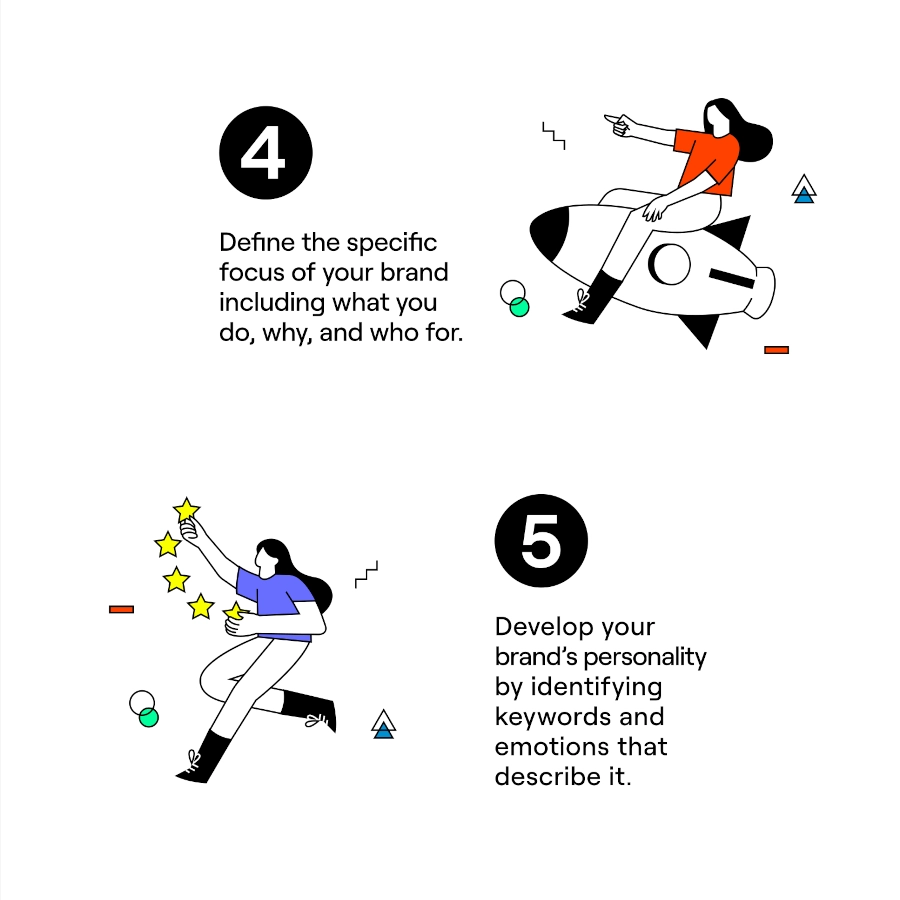

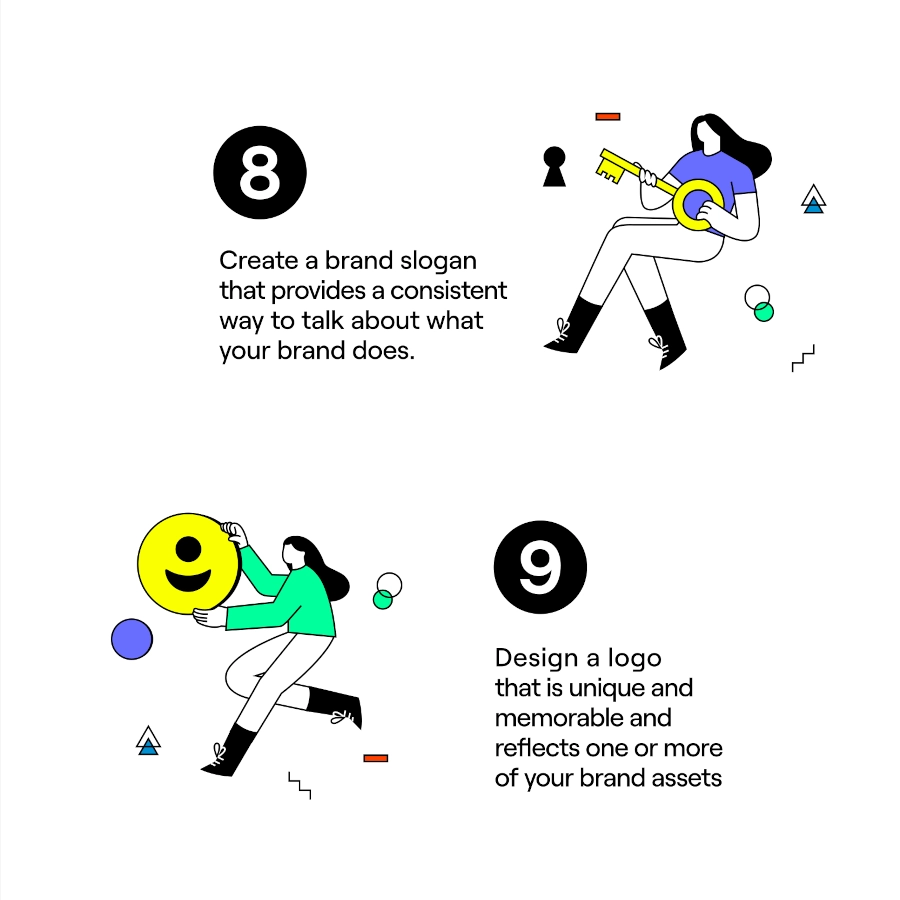

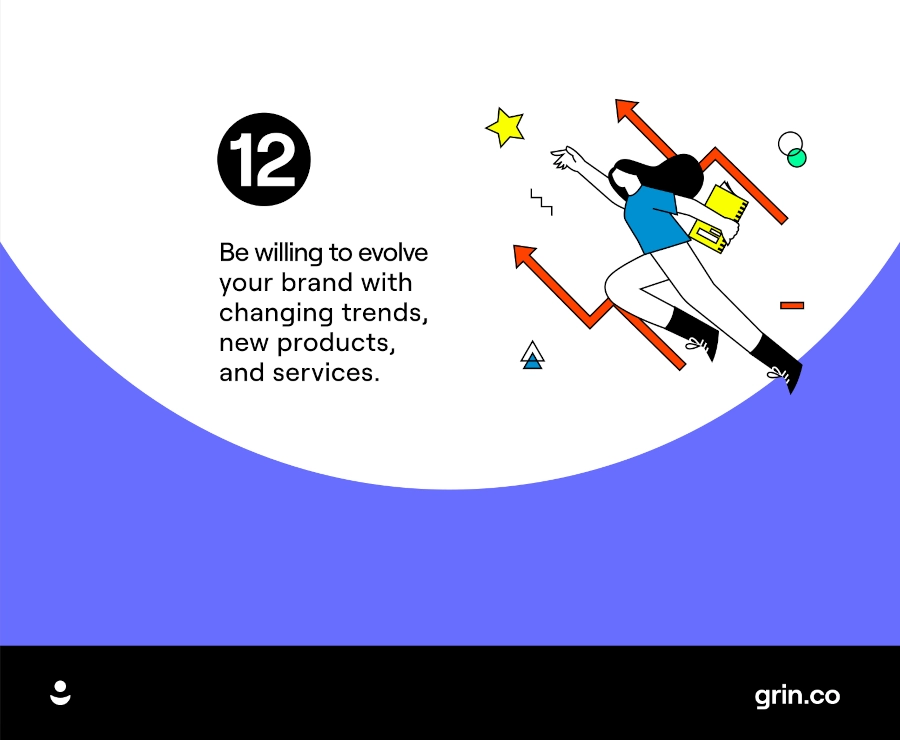
See and download full image
1. Identify Your Target Audience
Before you learn how to build a brand, you need to first have a target audience in mind. This is the audience you need to focus on when you decide on your brand-building strategies. If you target an audience that is not relevant, it may be more difficult to generate leads and convert followers.
You may identify your target audience based on:
- Location
- Demographics and psychographics (spending habits, hobbies, values)
- Competitor audience/followers and brand
- Consumer problem and/or pain point that your brand helps to solve
Targeting a broad audience may mean lower relevance to consumers. If your target audience is small but highly relevant, you have a great foundation for building the rest of your brand’s content and assets.
2. Research Your Competitors
Competitor research is an essential step in the process of building your brand and establishing yourself as an industry leader.
While every brand has competitors, doing good competitor research helps to establish your brand in a unique, yet relevant way. Even though you operate in the same industry, there are gaps your brand may fill for consumers that the competitors are missing.
Here are some ways to find competitors in your niche and research them:
- Do a Google search for your product category or industry
- Search on social media or Reddit conversations. See what brands are being mentioned the most by searching social media or Reddit for industry-related content
- Conduct hashtag search on social media to see which brands are using those hashtags
Once you’ve identified similar brands, choose a few to conduct a competitor analysis. This gives you great insight into branding that works, and that which doesn’t. You’re not trying to copy everything they do, but rather, use this analysis for inspiration for how you want to build your brand. Here are some things to consider when analyzing a competitor:
- Brand assets, like their logo, font, and colors. Do they work? Why or why not?
- What is their tone of voice? Personable, business, funny?
- Marketing strategy: how do they establish their presence in the marketplace?
- Content: do they have a regular flow of content across digital assets like social media, blogs, and their website?
- How are their online reviews? Do they engage with consumers, and if so, how do they do that?
- What do you like about their brand? Not like?
For online businesses, there are many competitor research tools available out there like SEMrush. While SEMrush can be used to analyze your own website’s performance, you can also use it to analyze that of others.
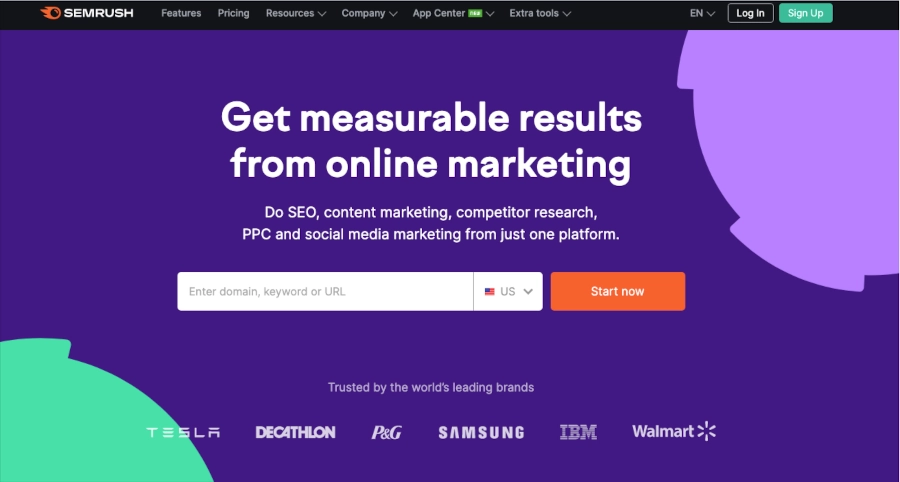
You can see your competitors’ backlinks, keywords, traffic, ranking pages, and more. This data provides you with valuable insights into who their target audience is and how they reach them.
However, if you are just starting a brand, and don’t want to invest money into such software, then you may opt to do your competitor research manually.
3. Be Unique in Your Branding
In a pool of many similar brands, it can be difficult to make yours stand out. Drawing on your competitor research and target audience, you can begin to build a brand that both solves problems and establishes itself as something different than the competitors.
Offering something unique and different will help consumers remember your brand. This may be the brand assets you develop, the way you market your brand, the language you use to describe your brand, or the products and services you offer. The key is remaining unique, while also being relevant.
4. Define Your Brand’s Focus
When you’re thinking about how to build a brand, you should also keep your brand’s focus in mind, especially when you’re just starting.
Trying to provide solutions to everyone’s problems will become frustrating, so focus on what you know you do best. The solutions your brand provides are a great addition to the homepage copy on your website, mission statement, and social media platforms. Think of this as an elevator speech to grab consumers’ attention.
Develop a statement that organically includes:
- Your brand’s product or service
- Your target market–name the type of people that may be searching for your product or service
- What makes your brand unique
- The problem your brand solves
If you want to know how to brand your business, it’s important to start with a clear idea of what you do, why, and who for.
5. Define Your Brand’s Personality
One of the most important steps while learning how to build a brand is to identify and define your brand’s personality.
Just because your brand is not a person, doesn’t mean it can’t have a personality. It is very important to develop a personality for your brand. It gives your brand a human touch.
Consider the emotions that your target audience is feeling when they are looking for solutions and begin to develop content and language that speaks to your understanding of their concerns.
It may be helpful to write your story out to get a sense of how you can relate it to your audience. Perhaps you started your brand because you had a similar problem or feeling, or your brand fits well into a certain demographic that makes you relevant.
Another consideration is to identify words that describe your brand’s personality, like these words in the Shopify graphic below:
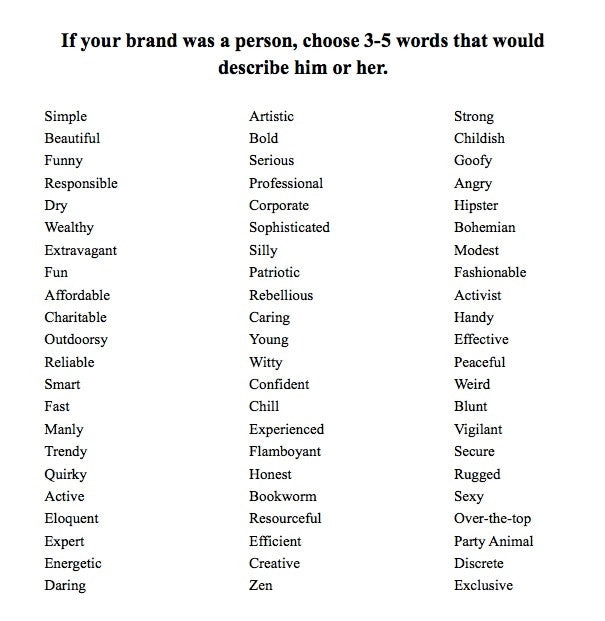
When your brand has a personality, people will interact more with it just as they do with people. Once you choose your brand’s persona, maintain it across all branded materials and platforms to develop brand credibility and consistency.
6. Choose a Name for Your Brand
When it comes to how to brand yourself on social media, the internet, or in advertisements, your brand name holds considerable weight. It’s often the first thing consumers see or hear and can be memorable or forgettable. Of course, you want to be memorable!
The name will have an impact on your logo, your marketing strategy, your trademark, and other digital assets. A business name needs to be unique and easily distinguishable. Keeping the name somewhat broad will help if you plan on expanding your products or services.
You could come up with a totally new name, use a suggestive word, combine two words, or even use acronyms. There are many ways to name your company, but ensure that it is uniquely yours by researching, especially before you setup a website domain.
7. Pick Your Brand Colors And Fonts
The colors and fonts that you choose will impact your website and other branded materials, and also elicit certain responses from your audience. It may be helpful to understand some of the buying patterns consumers have, especially concerning color. One study found that 62 to 90 percent of people’s brand assessment was based on color alone.
The colors that you use not only define your brand but also express the feeling you wish to communicate. Ideally, the colors should make you unique and set you apart from your competitors.
Different colors communicate different feelings. Here’s a short guide about the feelings each color evokes:
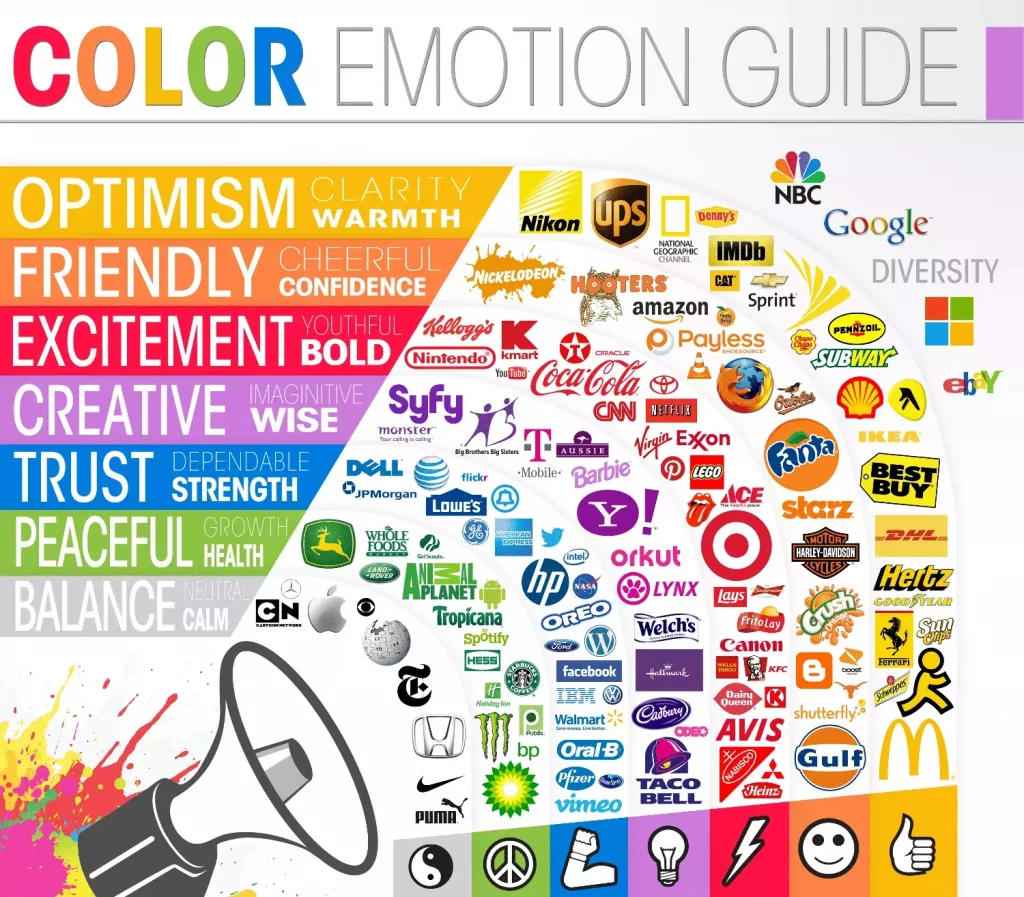
Along with color, consider your fonts, too. Search through the countless available fonts and zero in on one or two fonts. You can have different fonts in your logo, your headings, as well as the body text, but whatever you choose, make sure it easily read and consistent across all platforms.
Once you establish brand assets, it may be helpful to build a brand style guide to inform all levels of your organization on how to appropriately communicate.
8. Create a Brand Slogan
A slogan or tagline is not a necessity, but it is definitely a handy asset to help you consistently communicate who and what your brand is. You can use it on your social media accounts, website, business cards, and more.
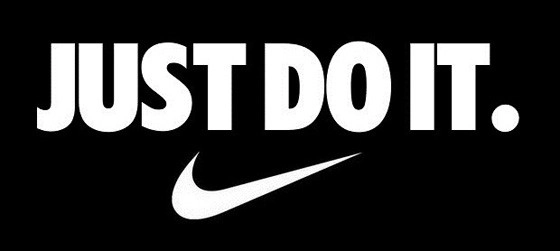
A slogan, unlike your brand name, may change over time. As you start considering the future of marketing, you can change your slogan. In fact, big organizations like Pepsi have used more than 30 slogans in the past.
There is no fixed way of writing a slogan. However, you can keep the following points in mind while coming up with your own:
- Create a metaphor in your slogan – for example, “Red Bull gives you wings” from Red Bull.
- Describe your brand – for example, “Beanz Meanz Heinz” by Heinz.
- Make your claim – for example, “The World’s Strongest Coffee” by Death Wish Coffee.
- Use labels – for example, “A party game for horrible people” by Cards Against Humanity.
- Make it rhyme – for example, “The best part of wakin’ up is Folgers in your cup” by Folgers Coffee.
- Showcase your customers’ attitude – for example, “I’m Lovin’ It” by McDonald’s.
Slogans usually tend to stick in the minds of your customers. They are a great way to build your brand’s voice and reinforce it. Through your marketing campaigns, you can use your slogans to your advantage and induce audience memory.
9. Create Brand Logo
Your brand’s logo will appear everywhere. It works like the face of your company and is one of the most important parts of branding.
Just like your name and the slogan, your brand’s logo should be unique and memorable. You don’t want a logo that can be confused with that of other brands, especially your competitors. The logo should also be scalable to different sizes as you’ll need to use it everywhere.
Take into account everywhere your logo may appear:
- Website pages
- Favicons in your browser tabs
- Social media profile
- Print ads
- Business cards
If you have a text-based logo, you can have an alternative square version of the logo. The square version can be used in places where the text logo won’t work effectively. For example, Facebook has a text-based logo, but is defined by color and shape as well.

The following are different types of logos you may want to consider when building your brand’s assets:
a. Abstract Logos
These logos usually don’t have a textual element, rather they are made up of different shapes and colors. The Google Chrome logo, for example, could be considered abstract.

b. Emblem Logos
These logos are usually a circular shape containing both text and an emblem. A clean-lined logo, this is a great choice if you’re using limited text. The former Starbucks logo is a good example of an emblem logo.
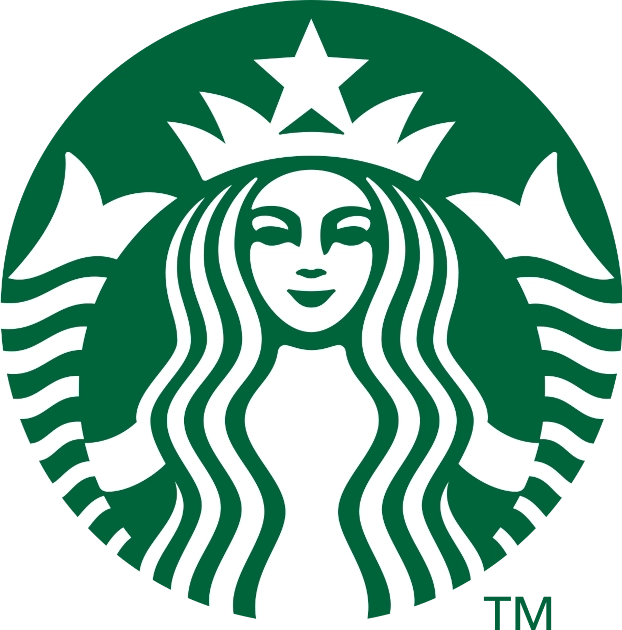
c. Lettermark Logos
To build a brand logo that incorporates text, try a lettermark logo. By turning the initials of your business name into the logo, consumers easily remember your brand name. IBM is a great example of this type of logo.

d. Wordmark Logo
Wordmark logos consist of your brand name and nothing else. In these logos, you turn your brand name into a logo by incorporating the brand’s colors and fonts. This gives your brand name a visual identity, too. Here are some famous examples of wordmark logos:

Image via Wikimedia Commons 
Image via Wikimedia Commons 
Image via Wikimedia Commons
When creating a brand logo, have a scalable version of the logo ready for use. You can turn the first letter into a separate logo or get another icon logo, as well.
e. Icon Logo
This logo is graphic-based and helps consumers associate the image with the brand and its products or services. These logos are more suited for brands that are more established, as consumers can easily identify the brand and what they do without any description.

Image via StickPNG
f. Mascot Logo
When building your brand, if you have a mascot, you may consider creating a mascot logo. The logo is typically an illustrated character that’s closely associated with your brand.

f. Combination Logo
Combination logos are hybrid logos that incorporate various styles of logos into one. You don’t necessarily need to stick to one type of logo when you’re building your brand. Why not use multiple types of logos and pick the best aspects of all and place them into one logo?
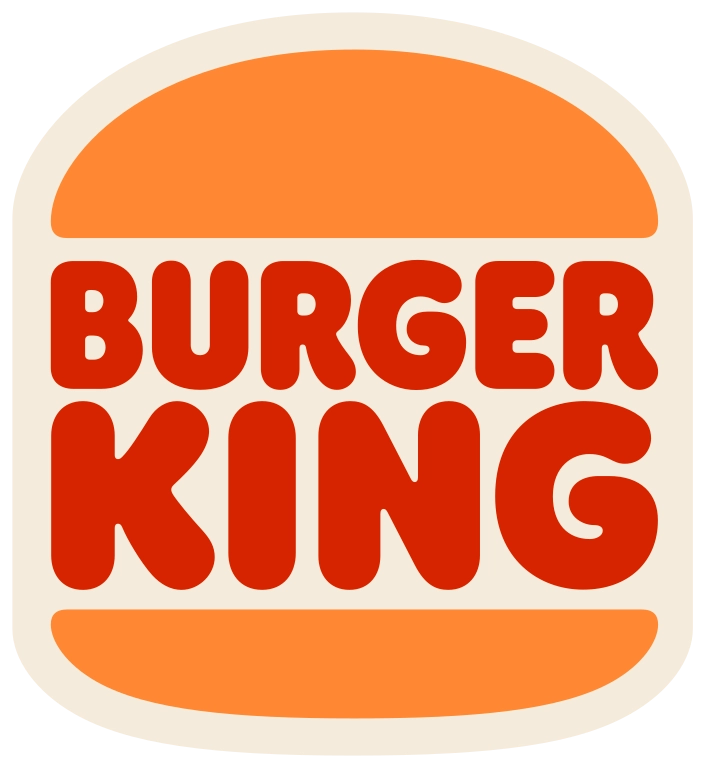
10. Utilize the Power of Social Media
If you want to know how to build a brand without social media, the answer is simple – you can’t. In today’s world, you just can’t afford to ignore social media. Facebook has over 2.4 billion monthly active users. That’s almost a third of the world’s population.
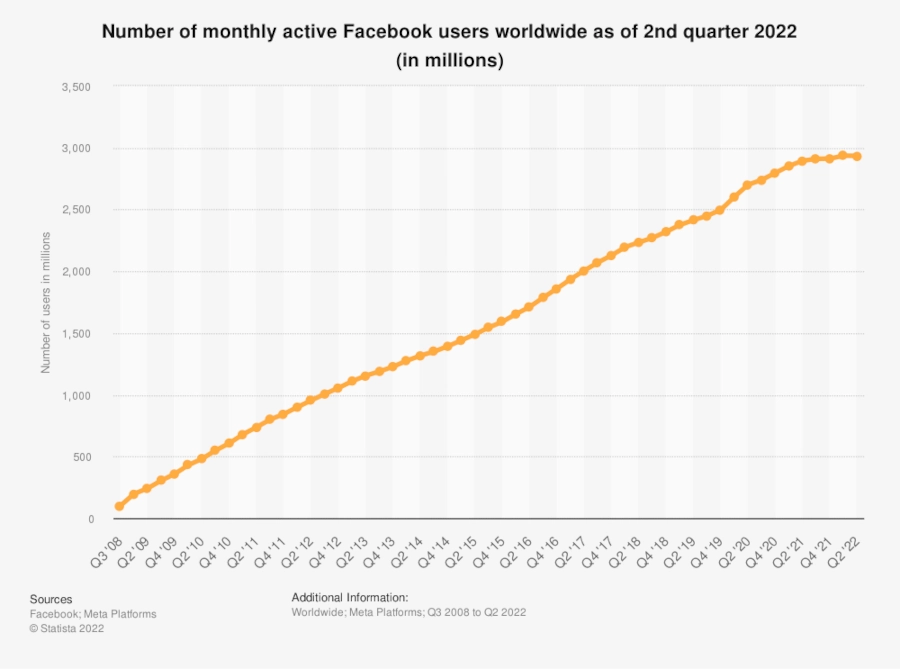
Social media allows you to connect with and engage consumers on a personal level. It helps you to humanize your brand so consumers can relate to it better.
Create Social Content
In order to harness the power of social media effectively, it’s important to create consistent content that represents your brand’s messaging and personality. Consumers love social media because they feel like they’re talking to a person, rather than just a big brand. Responding to comments and reposting user-generated content (UGC) are also great ways to use social media to your advantage. Another way to make the most of social media is to create professional-looking designs for your posts.
Post Frequently
You should also look at the frequency of posting content. Post too often, and people may feel that you’re spamming them. Post too frequently, and people may cease to be interested anymore. It’s helpful to create content calendars that plan out all posting, from social to blogs.
Whatever content you post, make sure that it includes a visual component too. Visual content connects better with your viewers and can help with brand awareness. You can even get higher engagement, which will help you build your brand further.
Integrate Influencer Marketing
For added social proof, combine the power of social media with influencer marketing. Tapping into the reach and credibility of influencers serves to elevate your brand as one to watch and follow.
You can even increase your blog traffic through influencers. When they put a link to your website or social platforms in their post, their like-minded followers are more likely to click and explore more about your brand.
To make your job of finding a good influencer easier, use a good influencer marketing software. With thousands of influencers across various platforms, locations, and industries, you can find their verified contact information, get in touch with them for collaboration, and manage all influencer campaigns.
11. Seek Outside Opinion
Receiving feedback is a great way to build your brand’s credibility. You can conduct a survey of consumers or join a networking group that connects you with fellow business owners. Both can provide quality feedback on what’s working and what’s not, especially as you’re building your brand.
12. Evolve with Time
If you ask for a surefire recipe for how to build a brand, consider it an ever-evolving process. Reevaluating your brand-building strategy will help you flow with changing trends, new products and services, and new technology. Always remain open to growth!
Conclusion
There is no one formula for building a brand, but integrating the steps outlined here is a great place to start. Our team here at GRIN is passionate about helping brands grow through influencer marketing.
Are you ready to stake your claim in the creator economy? Discover more helpful tips and resources from the experts at GRIN: Creator Management Learning Center









